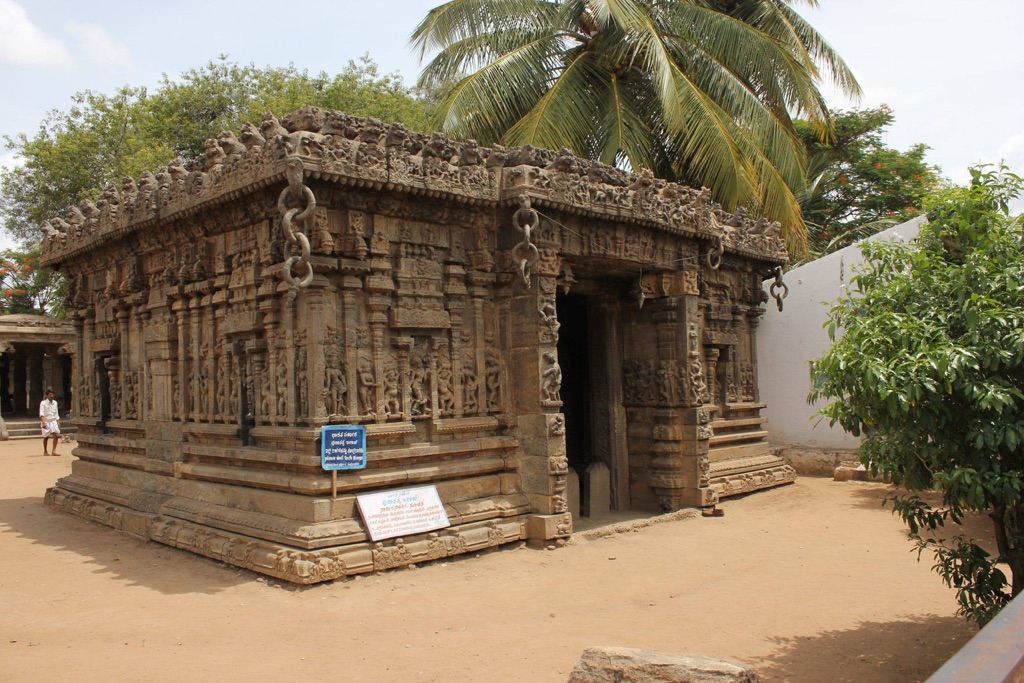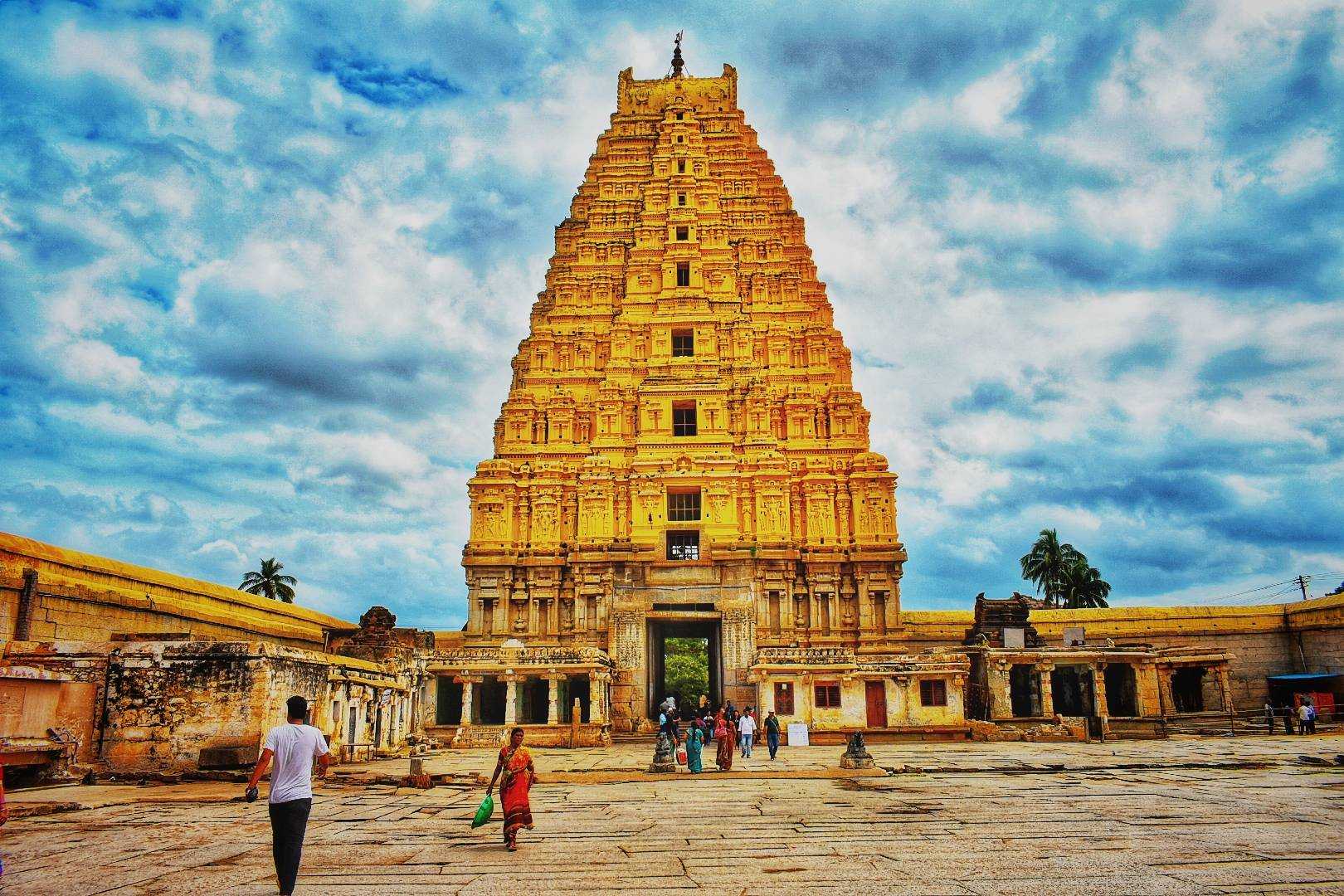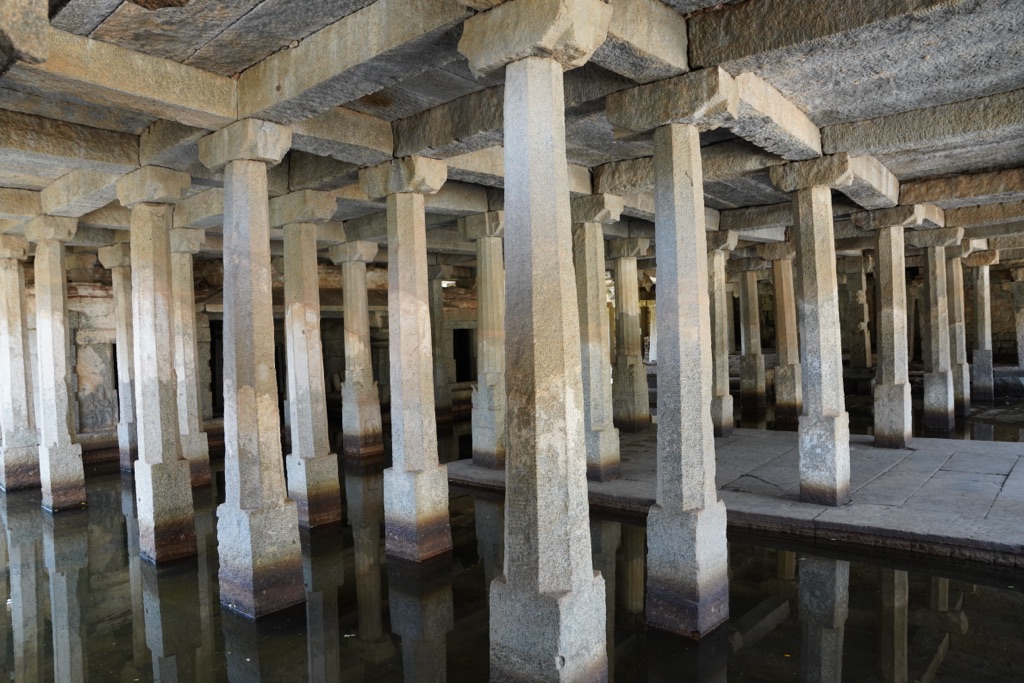The Prasanna Virupaksha Temple, also known as the Underground Shiva Temple, is a remarkable historical site located in Hampi, Karnataka, India. It dates back to the 14th century, during the reign of the Vijayanagara Empire. The temple is dedicated to Lord Shiva and is known for its subterranean architecture, which keeps it partially submerged under…
Vijayanagara Empire
The Vijayanagara Empire was a powerful South Indian kingdom from the 14th to the 17th century. It stood as a bulwark against the invading Islamic kingdoms from the north. Founded by Harihara and Bukka Raya, two brothers, the empire rose to prominence under the rule of King Krishnadevaraya. At its zenith, the Vijayanagara Empire boasted a vast dominion that spread across the states of Karnataka, Andhra Pradesh, Tamil Nadu, and parts of Kerala. It was well-known for its patronage of art, literature, and architecture. The ruins of Hampi, the empire’s historic capital, testify to its former glory. They feature grand temples, such as the Virupaksha and Vittala temples, and elaborate public works. These structures showcase the empire’s architectural ingenuity and the skill of its artisans.
The Vijayanagara Empire’s administration was sophisticated with a well-defined hierarchy. Local governance included well-versed officials who managed various aspects of public life. Markets thrived with trade, making the empire an economic powerhouse. Culturally rich, it saw significant advancements in music, dance, and religion. Hinduism flourished, and the empire was a haven for scholars and poets. Through religious and cultural festivals, it strengthened the social fabric of the region. The Vijayanagara rulers also minted currency which further facilitated trade. Upholding the Dharma was central to the empire, influencing its laws and societal norms. Despite its fall in 1565 after the Battle of Talikota, the Vijayanagara Empire left a lasting impact. Its contributions to Indian culture, history, and architecture remain a source of pride and study even today.

The Gaurishvara Temple
The Gaurishvara Temple, a beacon of Dravidian architecture, is nestled in the heart of Yelandur, Karnataka, India. Dedicated to Lord Shiva, this historical marvel was built by a chieftain under the Vijayanagara Empire in the 16th century. Its distinctive features include intricately carved reliefs, a towering entrance, and a uniquely designed sanctum. The temple, a testament to the rich cultural heritage of the region, continues to draw history enthusiasts and spiritual seekers alike.

Hampi Archeological Ruins
The Hampi Archeological Ruins, located in southern India, are a treasure trove of historical and architectural significance. Once the capital of the Vijayanagara Empire, Hampi is now a UNESCO World Heritage Site. It boasts over 1,600 surviving remains, including temples, palaces, markets, and monuments, each telling a unique story of the empire’s rich cultural heritage.

